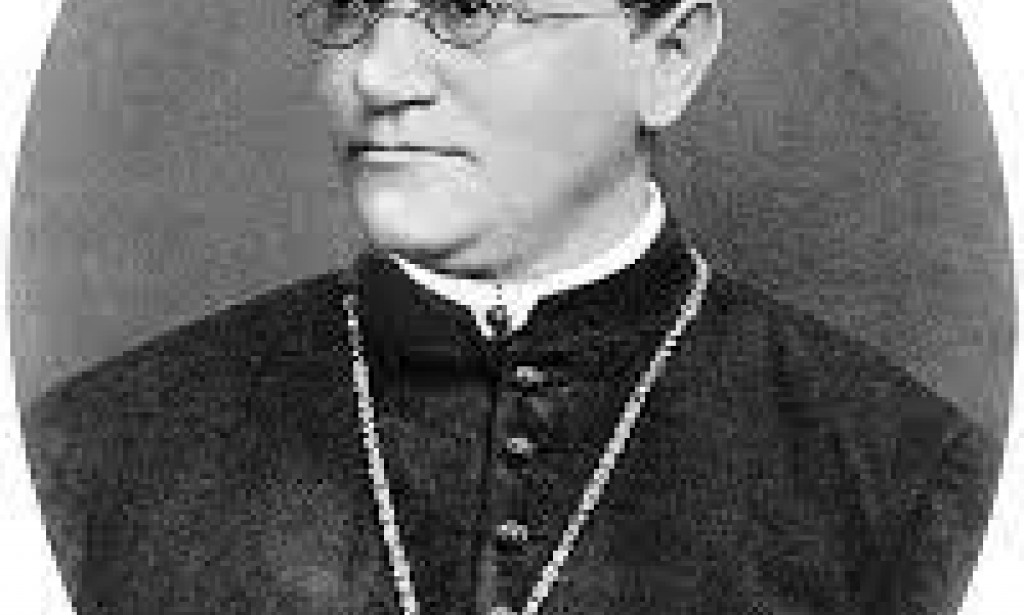The classical view of the gene concept (Inistrumental gene) begins with the work of Mendel (1866), According Mendel, Gene is distinct, discrete entities (factor) that specify characteristics In 1900, three biologists working independently— Hugo de Vries, Carl Correns, and Erich von Tschermak—rediscovered Mendel’s principle and introduced the preformationist notion of organisms composed of ‘‘unit characters,’’ for each of which pangenes existed (the unit of inheritance as the ‘unit character). 1909, the term ``gene'' was coined by Johannsen. He wished this unit of heredity to be free of any hypotheses regarding its physical or chemical nature, that is, that the genes should be treated as calculating units. However, up to that era, genes were hypothetical material constituents of the cell whose physical transmission from parent to offspring causally explained the Mendelian pattern of inheritance. 1902, Boveri first demonstrated the individuality of chromosomes with microscopic observations on the sea urchin Paracentrotus lividus (Boveri,1902). In 1903, Walter Sutton hypothesized that the behavior of chromosomes during meiosis explained Mendel’s rules of inheritance, thus leading to the discovery that genes are located on chromosomes. These two characteristics—individuality and continuity—are necessary, although not sufficient, characteristics of the genetic material. Evidence from cytological observations indicated that the cell nucleus, or more precisely its chromosomes, provided the material basis of inheritance. Chromosomes maintained continuity between cell generations, and the specific functional role of each chromosome was revealed by the dysfunction of any embryo lacking a full set of them. Edmund B. Wilson (1856–1938) and his students showed that chromosome pairs segregate independently at meiosis and suggested that segregation of chromosomes at meiosis and their recombinedassociation at fertilization is what is expected of the material bearers of Mendelian factors. Eventhough the exact location of gene on chromose unidenfied, the idea that gene located on chromose was discovered.
On this account, genes were taken as abstract elements of an equally abstract space, whose structure, however, could be explored through the visible and quantifiable outcome of breeding experiments based on model organisms and their mutants. This became the research program of Thomas Hunt Morgan and his group. From the early 1910s right into the 1930s, the growing community of researchers around Morgan and their followers used mutants of the fruit fly Drosophila melanogaster, constructed in ever more sophisticated ways, in order to produce a map of the fruit flys genotype in which genes, and alleles thereof, figured as genetic markers occupying a particular locus on one of the four homologous chromosome pairs of the fly (Kohler 1994). The basic assumptions that allowed the program to operate were that genes were located in a linear order along the different chromosomes (like "beads on a string" as Morgan put it in 1926, 24), and that the frequency of recombination events between homologous chromosomes, that is, the frequency of crossovers during reduction division, gave a measure of the distance between the genes, at the same time defining them as units of recombination (Morgan et al. 1915). In his Nobel Prize acceptance speech Thomas Hunt Morgan, the father of classical genetics, noted, ‘‘There is not consensus of opinion amongst geneticists as to what genes are – whether they are real or purely fictitious – because at the level at which genetic experiments lie, it does not make the slightest difference whether the gene is a hypothetical unit, or whether the gene is a material particle’’.


You must be logged in to post a comment.